Under normal circumstances, children spend 80 percent of their waking time outside the classroom. The COVID-19 pandemic has quite abruptly turned that 80 percent into 100 percent. Across the U.S., schools and child care centers have been mandated to close, and children of all ages are now home full time. This leaves many families, especially those living in under-resourced communities, struggling to keep their children learning and socially engaged.
Amid constantly changing timelines, school districts around the country have been tasked with completely overhauling their primary mode of learning, instructing teachers on how to use online learning platforms like Zoom and WebEx, and helping parents set realistic expectations for their children’s learning. In other words, turning a ship on a dime.
But formal schooling isn’t the only way for families to keep their children learning and socially engaged during the crisis. Now more than ever we see the imperative of expanding opportunities for playful learning—that is, child-directed experiences that are driven by curiosity and exploration—outside of the classroom.
Playful learning in everyday places
As with many of the economic, social, and health impacts associated with this virus, existing inequalities among people and communities are exacerbated as schools navigate the uncharted territory of distance learning.
For example, a recent blog by our colleagues Lara Fishbane and Adie Tomer describes the nation’s gaping digital divides, noting that in 2017, 3.1 million households (14.1 percent) in the U.S. with school-aged children did not have broadband connections. Communities with the highest levels of poverty had the lowest rates of broadband adoption, making online learning difficult, if not impossible, for families in those areas.
Moreover, many of these same low-income households are led by the essential workers that are keeping the rest of us safe, fed, and cared for during the crisis. A study published in the American Journal of Public health found that in 2017, 1.7 million female health care workers—those on the frontlines during the COVID-19 crisis—and their children lived below the federal poverty line. Many grocery workers, too, are working for very low wages and few benefits amid increasingly challenging conditions. While the new world of homeschooling can be tough for all parents, it may be particularly taxing for those who need to rely on family or other caregivers when they are away at work, and who may have little bandwidth to structure elaborate learning schedules in the hours they are home.
These disparities elevate the importance of making playful learning more accessible in everyday places. Even in the best circumstances where schools are implementing distance learning, children need other options to move, create, and connect with others. For children living in under-resourced communities, playful learning at home, on a walk, or on the occasional trip to purchase food and essentials might be their best—or only—opportunity to maintain and build their literacy, math, and spatial skills until school is back in session.
As efforts in Philadelphia and elsewhere have shown, investments that expand learning opportunities in the public realm could produce big benefits for families and communities long after the school doors reopen.
Playful Learning Landscapes (PLL)—an initiative at the Brookings Institution—focuses on how to transform public spaces into opportunities for playful learning for families and children. PLL addresses educational inequity through a holistic, community-based model and sets in motion transformative and structural change at the individual, family, and neighborhood levels. A recent Brookings report highlights Philadelphia’s efforts to integrate the latest in learning sciences with urban planning and transformative placemaking. The report documents how various PLL efforts in the city are helping to improve learning and developmental outcomes, especially for children living in poverty.
PLL installations and activities are often located in the public play areas and libraries that are currently closed or otherwise off limits. But some are located in essential businesses, including supermarkets and laundromats, that families may still frequent. For example, “Supermarket Speak” transformed a daily trip to the supermarket into a learning opportunity by adding simple signage to promote caregiver-child conversations. Research findings showed a 33 percent increase in child-caregiver language when the signs were up versus down in low-income neighborhoods. This work has been replicated in laundromats and food pantries in several cities.
While such efforts have proven successful, they have not yet been widely implemented. Brookings and others are working to change this by engaging with cities to scale playful learning installations and activities, building a coordinated global movement to shape mainstream practices of government, businesses, and other organizations. But COVID-19 forces a need to think creatively about how parents and caregivers might incorporate playful learning into daily activities in the here and now—efforts that could be continued long after the crisis has passed.
Adapting playful learning activities during COVID-19
Fortunately, parents and caregivers can replicate existing PLL efforts in activities around their own neighborhoods. School districts, service providers, and companies that are delivering food and other essential items to homes can help get the word out to families by including tips on playful learning in their communications to parents and caregivers via email, social media, and possibly a playful learning “checklist” in a bag of groceries. For example:
Engaging children in back-and-forth conversations builds literacy skills. Look for opportunities to ask questions that spark conversations about what children see, hear, and observe.
- Ask children questions like, “Where does milk come from?” or “What fruits or vegetables are red or green?” when unpacking groceries at home.
- On a walk around the neighborhood, ask children to make up stories about who lives in the houses: “How many kids live there?” “Do they have pets?” “What do you think they are having for dinner tonight?”
Prompting children to notice patterns, make comparisons, and sort objects develops important math skills. Look for ways to make math part of children’s everyday lives.
- When folding clothes, ask children to match socks or sort clothes by color or material.
- When walking around the neighborhood or at the park, ask children to spot things that are the same color, shape, or texture.
- Ask children to notice what is different when you go outside at different times of the day (e.g., temperature, size and position of shadows, and sounds such as garbage trucks).
Encouraging children to talk and think about spatial relations is important for later success in a range of STEM areas including mathematics, engineering, and physics. Look for opportunities to use spatial language and visualize solutions to problems.
- Find opportunities to use spatial terms like over, under, next to, on the right/left when you are driving or taking a walk. Research indicates that early exposure to spatial language predicts better spatial skills—the ability to mentally manipulate objects and shapes in the environment—later on.
- Ask children to draw a map of your neighborhood or home. Or draw a map for them and ask them to find things using the map. Most kids (and adults) love scavenger hunts!
These are just a few of the simple ways to engage children in fun and educational activities during this strange and challenging time; other activities for supporting learning inside the home can be found here in another Brookings blog and here in a guide to free virtual summer camps. But as efforts in Philadelphia and elsewhere have shown, investments that expand learning opportunities in the public realm could produce big benefits for families and communities long after the school doors reopen. As the nation recovers from COVID-19, let’s ensure that the 80 percent of our children’s waking hours include time for playful learning 100 percent of the time.
The Brookings Institution is committed to quality, independence, and impact.
We are supported by a diverse array of funders. In line with our values and policies, each Brookings publication represents the sole views of its author(s).
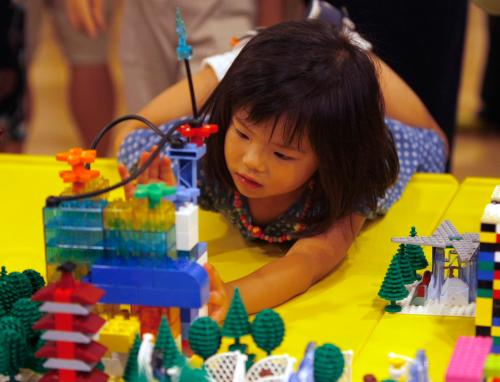
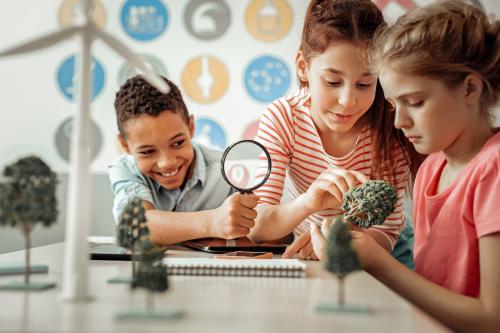
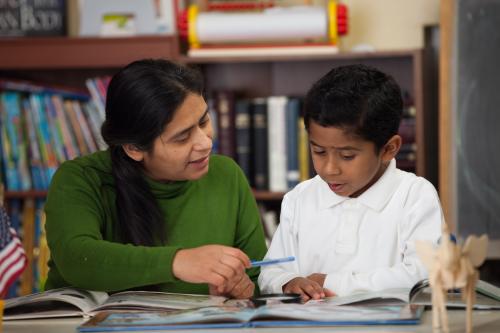

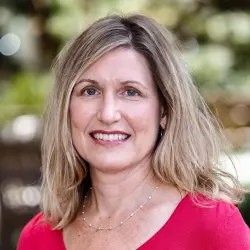
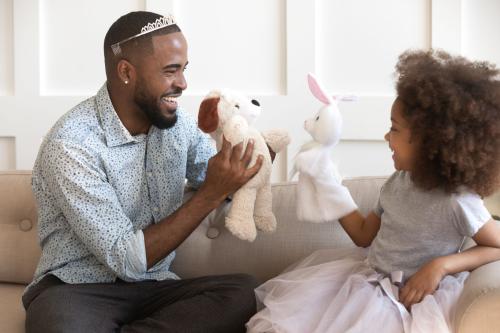
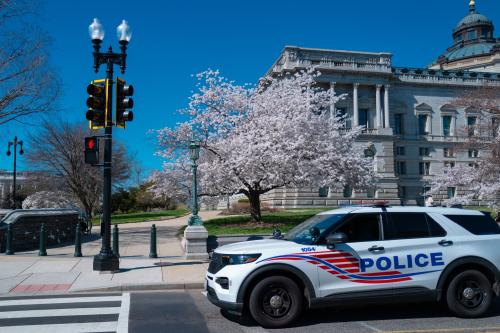
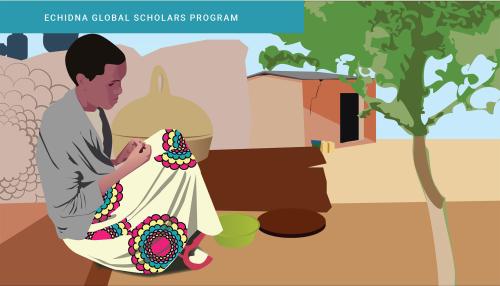
Commentary
Playful learning in everyday places during the COVID-19 crisis—and beyond
April 7, 2020